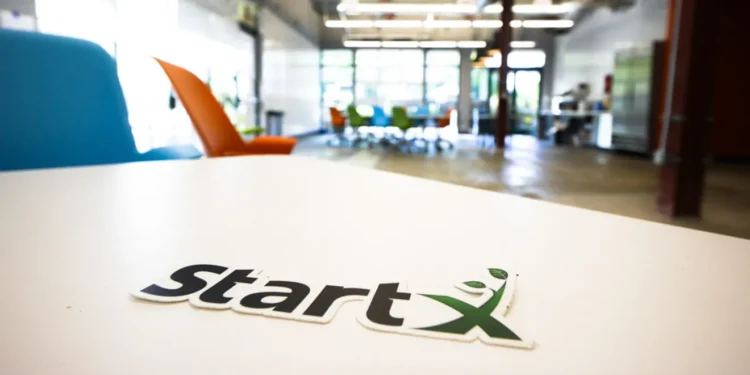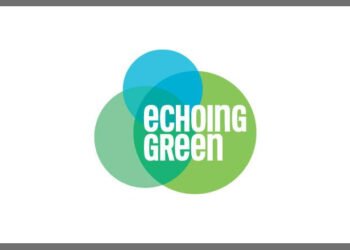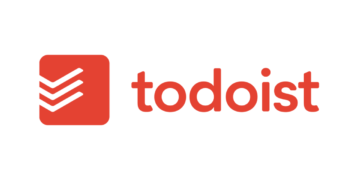What if you could join a startup accelerator that takes zero equity and still delivers billion-dollar results?
Founded in 2011, this nonprofit program stands out in Silicon Valley. Unlike typical accelerators, it never takes ownership shares from companies.
This unique model connects founders with top mentors and resources. Companies here often achieve impressive growth and funding success.
The program focuses on building a strong community. It links entrepreneurs with investors, partners, and alumni for lasting support.
Key Takeaways
- StartX is a nonprofit accelerator that does not take equity from participating companies.
- Founded in 2011, it has a strong connection to Stanford University and its innovation ecosystem.
- Companies in the program raise funding at higher average valuations compared to other startups.
- The accelerator provides extensive mentorship, networking, and community resources.
- StartX has helped founders collectively raise billions in funding since its inception.
- It includes specialized programs like StartX Med for healthcare innovation.
- The model demonstrates how support without equity can drive significant startup success.
Introducing the StartX Accelerator and Its Mission
Stanford-connected entrepreneurs have access to a special program that builds companies without claiming ownership shares. This unique approach sets it apart from traditional accelerators and incubators.
The program began as Stanford Student Enterprises in 2009. It evolved through several names including SSE Labs and SSE Ventures before becoming the current accelerator.

Educational mission drives this nonprofit organization. It holds 501(c)(3) status, focusing on learning rather than profit generation.
Each participating company must have at least one Stanford affiliate. This includes undergraduates, graduates, faculty, or staff members.
Significant funding milestones shaped the program’s growth. The Kauffman Foundation provided an $800,000 grant in August 2012.
Silicon Valley companies contributed $400,000 in February 2012. Stanford University announced substantial support in September 2013.
Community building remains a core focus. The program creates tight-knit networks among founders and alumni.
This approach emphasizes giving back to the entrepreneurial ecosystem. Resources and knowledge flow freely among participants.
The accelerator program typically runs for specific durations. Startups receive structured support throughout their development cycle.
Staff composition primarily involves Stanford student volunteers. These individuals bring fresh perspectives and academic connections.
Application and selection processes maintain high standards. The program seeks promising ideas with strong potential.
Integration with Stanford’s academic programs creates unique opportunities. Educational mission aligns with university values and resources.
This model demonstrates how support without equity demands can drive innovation. Founders maintain full ownership while accessing valuable resources.
How the StartX Model Fosters Unbiased Innovation
True innovation flourishes when entrepreneurs can focus purely on building great products. The accelerator’s unique framework creates this ideal environment through several key advantages.
The Nonprofit, Zero-Equity Advantage
Traditional accelerators often create pressure to show rapid growth for investor returns. This program removes that pressure completely.
The zero-equity model eliminates conflicts of interest common in equity-based programs. Founders can share challenges openly without worrying about investor reactions.
This approach builds exceptional trust between entrepreneurs and mentors. Teams receive honest feedback focused on long-term success rather than quick exits.
A Community Built on Mentorship and Transparency
The mentorship network includes successful alumni and industry experts. These experienced guides provide practical advice from real-world experience.
Transparency becomes the foundation of all interactions. Founders discuss failures and setbacks openly, creating valuable learning opportunities for everyone.

Regular workshops and networking events strengthen community bonds. These gatherings facilitate knowledge sharing across different industries and specialties.
Alumni frequently return as mentors and partners. This cycle of giving back creates a self-sustaining ecosystem of support.
The Integral Connection to Stanford University
Strong ties to Stanford’s academic departments provide unique advantages. Faculty and researchers often serve as advisors and technical consultants.
Entrepreneurs access cutting-edge research and emerging technologies. This connection to innovation keeps companies at the forefront of their fields.
The program integrates with Stanford’s educational culture of collaboration. This academic environment encourages experimentation and bold thinking.
Students participate as volunteers and learners, creating fresh perspectives. This cross-generational exchange benefits both experienced founders and emerging talent.
Evidence of StartX’s Success and Market Impact
The proof of any accelerator program lies in its measurable results and the success stories of its participants. This nonprofit initiative has consistently demonstrated remarkable outcomes across multiple industries.
Notable Alumni and Billion-Dollar Valuations
Graduates from this program include some of Silicon Valley’s most impressive success stories. Protocol Labs, Patreon, and OpenSea represent just a few examples of companies that achieved significant market presence.
Life360 grew into a leading family safety platform with millions of users worldwide. LimeBike revolutionized urban mobility before becoming Lime, while Ethos transformed the insurance technology space.
WifiSlam’s $20 million acquisition by Apple demonstrates the program’s ability to nurture groundbreaking technology. This acquisition showcased how innovative ideas can attract attention from industry giants.
These companies collectively raised billions in funding after completing the program. Their success validates the zero-equity model’s effectiveness in fostering genuine innovation.
The Specialized Power of StartX Med
Launched in May 2012, this medical-focused track addresses unique healthcare innovation challenges. It has supported over 200 companies specializing in medical technology and healthcare solutions.
An impressive 91% of these medical startups achieved commercial viability. This success rate far exceeds industry averages for healthcare technology ventures.
Stanford Hospital and Clinics recognized this potential by creating the Stanford-StartX fund. This partnership provides dedicated funding for promising medical technology companies.
The specialized program connects healthcare entrepreneurs with medical professionals and researchers. This unique network accelerates development of life-saving technologies and treatments.
Strategic Location in Stanford Research Park
The program’s physical location provides distinct advantages for participating companies. Situated in Stanford Research Park near Page Mill Road, it offers unparalleled access to resources.
Proximity to Sand Hill Road investors creates exceptional funding opportunities. Venture capital firms are literally minutes away from innovative companies developing there.
Leading law firms specializing in technology and startup formation operate nearby. This accessibility to legal expertise helps companies navigate complex regulatory environments.
The location facilitates networking with established technology companies in Research Park. These connections often lead to partnerships, pilot programs, and business development opportunities.
Being embedded within Stanford’s innovation ecosystem provides continuous access to cutting-edge research. Faculty and students contribute fresh perspectives and technical expertise to developing companies.
Conclusion
This nonprofit accelerator continues to redefine startup support with its unique approach. The zero-equity model and Stanford affiliation create an environment where founders maintain full ownership while accessing world-class resources.
Recent expansions show the program’s ongoing evolution. In-person Demo Days resumed in 2022, while 2023 brought enhanced access to Stanford laboratory facilities. This supports deep-tech and medical innovation through the specialized StartX Med track.
The community remains the program’s greatest strength. Mentorship from successful alumni and networking opportunities continue driving company growth. Current initiatives maintain the educational mission that has shaped Stanford-affiliated entrepreneurship for years.
Interested founders can find application details and program information at startx.com. This proven model demonstrates how support without equity demands can foster genuine innovation and lasting success.
FAQ
What is the accelerator program’s nonprofit advantage?
The nonprofit model ensures founders retain full equity. This approach prioritizes mentorship and growth over financial gain, creating a trusted environment for innovation.
How does the community support entrepreneurs?
The community offers mentorship from experienced leaders, transparent networking, and shared resources. This collaborative environment helps founders refine ideas and accelerate business development.
What is the connection to Stanford University?
The program is deeply integrated with Stanford, providing access to faculty, research, and students. This relationship fuels cutting-edge ideas and supports emerging startups in Silicon Valley.
Which successful companies have emerged from the program?
Alumni include companies with billion-dollar valuations, demonstrating the program’s impact. These success stories highlight the effectiveness of its resources and mentorship.
What is the focus of the specialized medical program?
The medical program supports healthtech and biotech startups. It provides targeted resources and expertise to tackle complex challenges in healthcare innovation.
Why is the location in Stanford Research Park significant?
Situated in Stanford Research Park, the program benefits from proximity to leading tech companies, investors, and academic institutions. This strategic location enhances networking and partnership opportunities.





